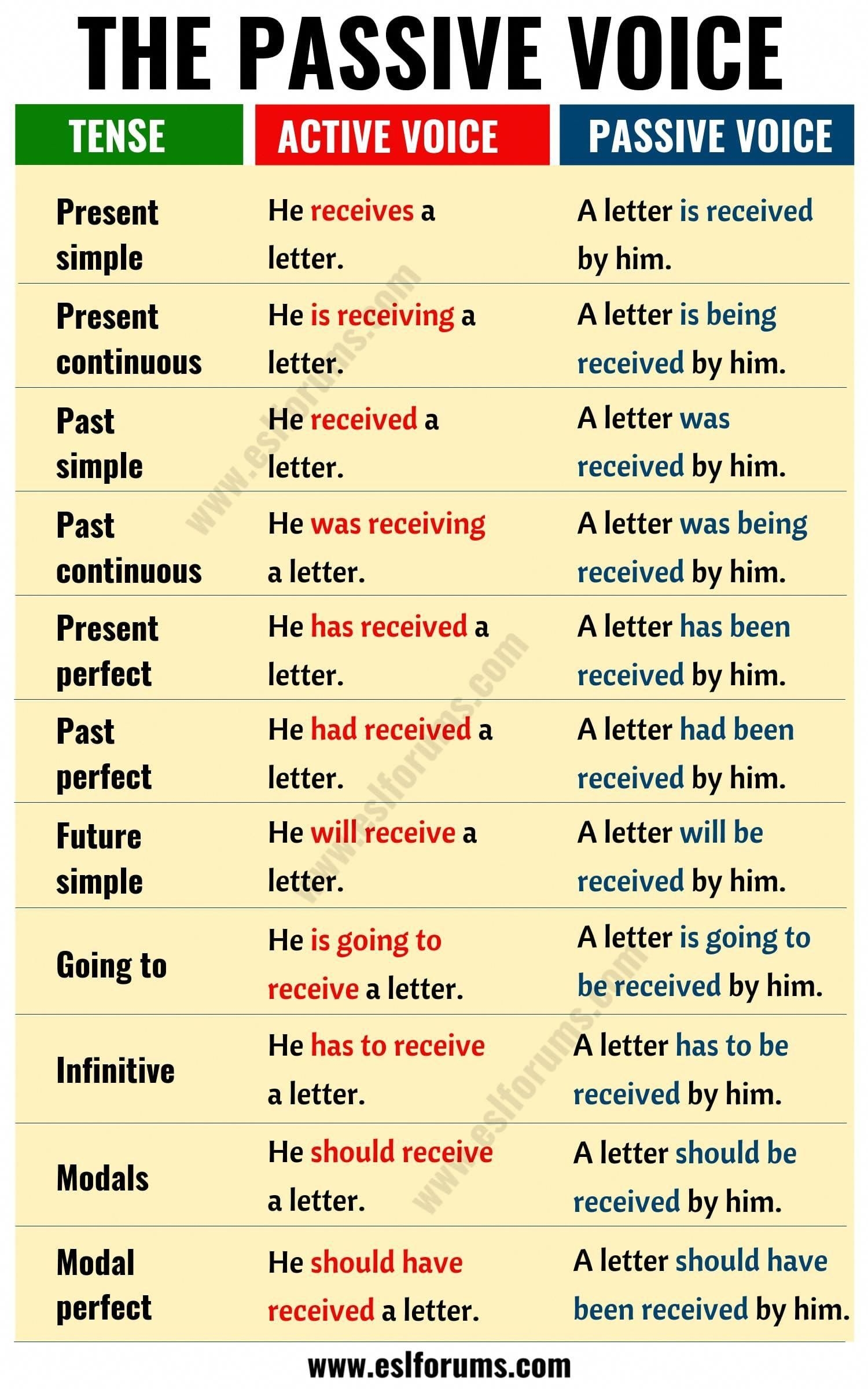When it comes to writing, one of the most important aspects to consider is whether to use active or passive voice. Understanding the difference between the two can greatly impact the clarity and effectiveness of your writing. Both types of voice have their own strengths and weaknesses, and knowing when to use each can make a significant difference in how your message is received.
Active voice is when the subject of the sentence performs the action, while passive voice is when the subject receives the action. In active voice, the subject is doing something, which makes the sentence more direct and engaging. On the other hand, passive voice can be useful when the subject is unknown or when the focus is on the action rather than the doer.
Active vs Passive Voice
One of the main differences between active and passive voice is the clarity and directness of the message. Active voice is generally more straightforward and easier to understand, as it clearly identifies the subject performing the action. This makes the writing more engaging and dynamic, drawing the reader in and keeping their attention.
On the other hand, passive voice can be useful in certain situations where the doer of the action is unknown or less important. For example, “The book was read by the student” focuses on the action of reading rather than the student who performed it. Passive voice can also be used to avoid placing blame or responsibility on a specific individual, making it a more neutral way of presenting information.
However, passive voice can sometimes make sentences longer and more complicated, leading to a less engaging and direct writing style. It can also make it harder for the reader to follow the flow of the text, as the subject may be buried in the sentence or left out altogether. Active voice, on the other hand, keeps the focus on the subject and the action, creating a more dynamic and engaging writing style.
In conclusion, both active and passive voice have their own strengths and weaknesses, and knowing when to use each can greatly impact the effectiveness of your writing. Active voice is generally more direct and engaging, while passive voice can be useful in certain situations where the focus is on the action rather than the doer. By understanding the differences between the two and using them appropriately, you can create more clear and effective writing that resonates with your readers.
